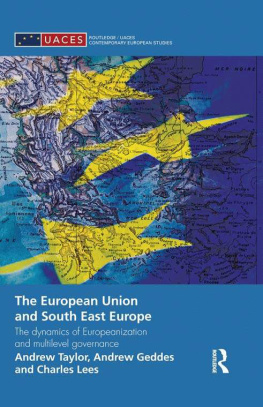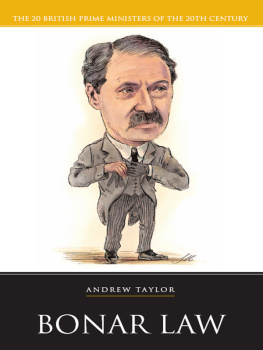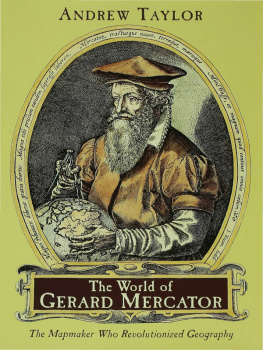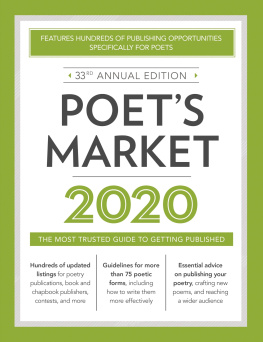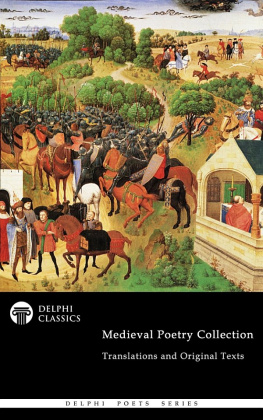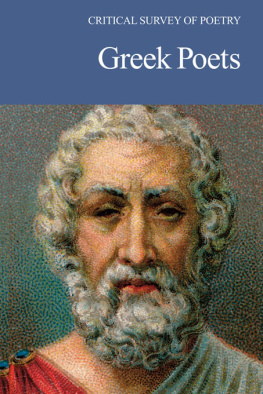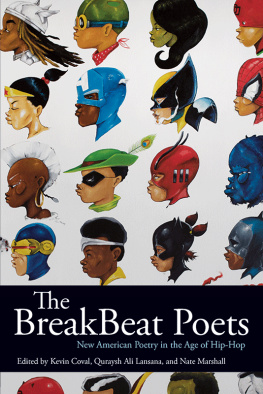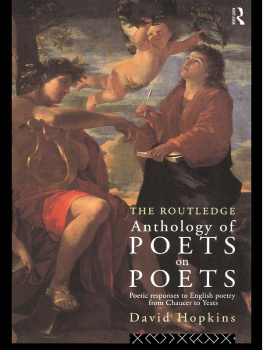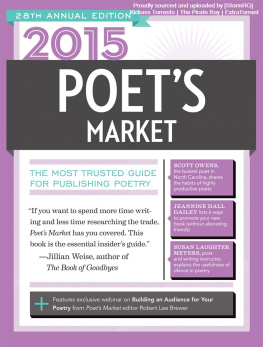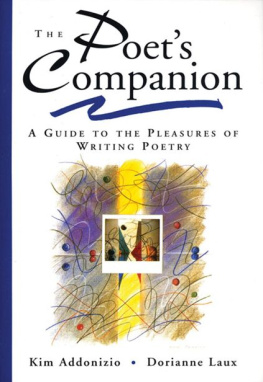First published in Great Britain in 2011 by
REMEMBER WHEN
an imprint of
Pen & Sword Books Ltd
47 Church Street
Barnsley
South Yorkshire
S70 2AS
Copyright Andrew Taylor, 2011
ISBN 978-1-84468-088-7
eISBN 9781844687107
The right of Andrew Taylor to be identified as Author of this work has been asserted by her in accordance with the Copyright, Designs and Patents Act 1988.
A CIP cataloge record for this book is available from the British Library
All rights reserved. No part of this book may be reproduced or transmitted in any form or by any means, electronic or mechanical including photocopying, recording or by any information storage and retrieval system, without permission from the Publisher in writing.
Typeset by Concept, West Yorkshire Printed and bound in England by CPI UK
Pen & Sword Books Ltd incorporates the Imprints of Pen & Sword Aviation, Pen & Sword Maritime, Pen & Sword Military, Wharncliffe Local History, Pen & Sword Select, Pen & Sword Military Classics, Leo Cooper, Remember When, Seaforth Publishing and Frontline Publishing.
For a complete list of Pen & Sword titles please contact
PEN & SWORD BOOKS LIMITED
47 Church Street, Barnsley, South Yorkshire, S70 2AS, England
E-mail: enquiries@pen-and-sword.co.uk
Website: www.pen-and-sword.co.uk
Edmund Spensers The Faerie Queene dressed Tudor England in the clothes of mediaeval knightly chivalry. Photo by Pat Roberts
William Shakespeares statue stands in Leicester Square, in the middle of Londons Theatreland.
Venus and Adoni s was dedicated to Henry Wriothesley (pronounced Risley), 3rd Earl of Southampton. Photo by Pat Roberts
John Milton fled London in 1665 to escape the plague, and lived in this cottage in Chalfont St Giles, Buckinghamshire. He is said to have worked on Paradise Lost , first published two years later, while living here.
A statue of John Bunyan, holding a copy of The Pilgrims Progress , stands in a niche high above the pavement near the scene of his death in Holborn, London.
Photo by Pat Roberts
The house of the Eighteenth Century poet John Dryden is now at the heart of Londons Chinatown. Photo by Pat Roberts
Popes Essay on Man appeared in 1732. Photo by Pat Roberts
Samuel Johnsons house in the City of London features a statue of his much-loved cat, Hodge.
The works of Thomas Gray and William Collins were often bound together. This edition was published in 1787. Photo by Pat Roberts
Versions of this statue of Robert Burns by the Victorian sculptor John Steell stand in London, Dundee, and Central Park, New York.
Samuel Taylor Coleridge moved to this house in Kensington, West London, in 1810. The Rime of the Ancient Mariner , commemorated in 2003 by a statue by Alan Herriot in Watchet Harbour, Somerset, had appeared in 1798.
Photo by Peter Murphy, Watchet
The statue of Thomas Chatterton, who was born in St Mary Redcliffe, Bristol, now sits in the citys Millennium Square. Photo by Richard Bretton
Charles Lamb lived in this six room cottage in Islington, North London, with his sister Mary for 10 years from 1823. A memorial to the man once described as the most lovable figure in English literature is in the City of London.
Fine editions of the extensive works of Percy Bysshe Shelley, such as this tenvolume edition of 1926-30, appeared throughout the nineteenth and twentieth centuries. He lived at this house in Marlow, Buckinghamshire, before leaving in 1818 for Italy, where he died four yeasr later. Photo by Pat Roberts


